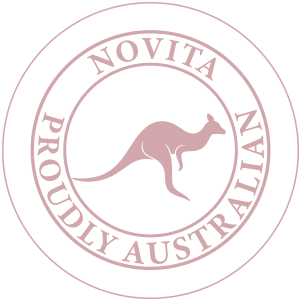BOOK AN APPOINTMENT



To the untrained naked eye it is practically impossible to differentiate between an “ideal cut” and an “excellent cut”, or from an “excellent cut” to a “very good cut”. However if put side by side you might start noticing a slight difference in sparkle between an “ideal cut” and a “very good cut”. The cut is a good indicator on how well a diamond reflects light. The lower the cut grade the more tendency to have leakage in term of light.
We recommend to our customers that it comes down to your own personal budget. As you might’ve notice there is a slight difference in price between cuts, however if you have to sacrifice one for the other, opting to get a bigger size stone its generally the winner as the size its clearly visible to the naked eye.
If you are looking at saving some money while getting a great deal, you can go for an “excellent cut” stone. And if you are on a tight budget but still want to get a good size stone, a good viable option would be a “very good cut”.
For those who live in cities where we have showrooms, feel free to book an appointment and come and see for yourself the differences in cuts.

All other shapes of diamonds do not have a set of standard dimensions. The main reason for this is because all the other shapes can vary on dimensions depending on personal taste. For example, when buying an oval diamond you will find some that are more elongated while others are more rounded. And that is across all shapes except rounds. Because of this, you will notice that the diamond certificates do not come with a “cut grading”.
Luckily for us when it comes to diamonds that are not round, our gemmologists developed a set of standards for each shape. Thanks to our grading system, you will find the “cut grade” of each stone when you search via our site.
Unfortunately, you will find we only grade stones that are “available in showroom”. If you happen to find a stone is not available in showroom and would like to know about the cut, contact us and one of our gemmologist will be happy to assist you.